AARP Hearing Center


A new crop of coronavirus variants is sweeping the U.S. at a time when many Americans are returning from holiday travel. And health officials are keeping a close eye on one variant in particular: the fast-growing JN.1 strain, which the World Health Organization has classified as a “variant of interest” due to its “rapidly increasing spread.”
JN.1 now accounts for nearly half of COVID-19 cases in the U.S., up from about 7.5 percent a few weeks ago. In some areas of the country, it makes up the majority of coronavirus infections, according to data from the Centers for Disease Control and Prevention (CDC).
Its continued growth suggests that JN.1, a close relative of the highly mutated BA.2.86, is either more transmissible or better than other circulating variants at evading our immune systems, the CDC said in a Dec. 22 report. Still, the health agency says, it’s “too early to know whether or to what extent” JN.1 will cause an increase in coronavirus infections or hospitalizations.
“We know this virus is changing, and it has changed again,” CDC Director Mandy Cohen, M.D., said in a recent briefing. “You want to get that updated COVID vaccine for this exact reason.”
Don't count on last year's vaccine
Similar to how the flu shot is updated each year to target new strains, the COVID-19 vaccine was recently revamped to more closely match the variants that are currently circulating. So far, public health experts say it’s remained effective against JN.1 and other variants in the mix.
If you’re relying on last year’s COVID-19 shot to protect you from this year’s variants, “that’s like having a vaccine that was for an apple, and now we're seeing oranges,” says Jodie Guest, a professor and senior vice chair in the department of epidemiology at Emory University’s Rollins School of Public Health. “So we want to make sure you're getting the most recent type of vaccine, so we'll be able to protect you the best.”
But uptake of the new COVID-19 vaccine has been low since the shot was approved in September — about 18.5 percent of adults have received it, CDC estimates show — leaving many Americans without optimal protection as we head into winter.
All this while COVID-19 hospitalizations are increasing in the U.S., climbing about 10.5 percent in recent weeks. Deaths from the virus are also rising, federal data shows.
There’s no indication that JN.1 causes more severe infections, the CDC says. Rather, this trend is “quite expected” this time of year, says William Schaffner, M.D., an infectious disease specialist and professor of medicine at Vanderbilt University School of Medicine in Nashville.
“Each winter in the past that COVID has been with us, we’ve had increases,” he says, hand-in-hand with spikes in other respiratory illnesses. Data from the CDC shows that in addition to COVID-19, activity is picking up for flu and RSV throughout the country. In particular, several states in the South are reporting high or very high respiratory illness activity levels.





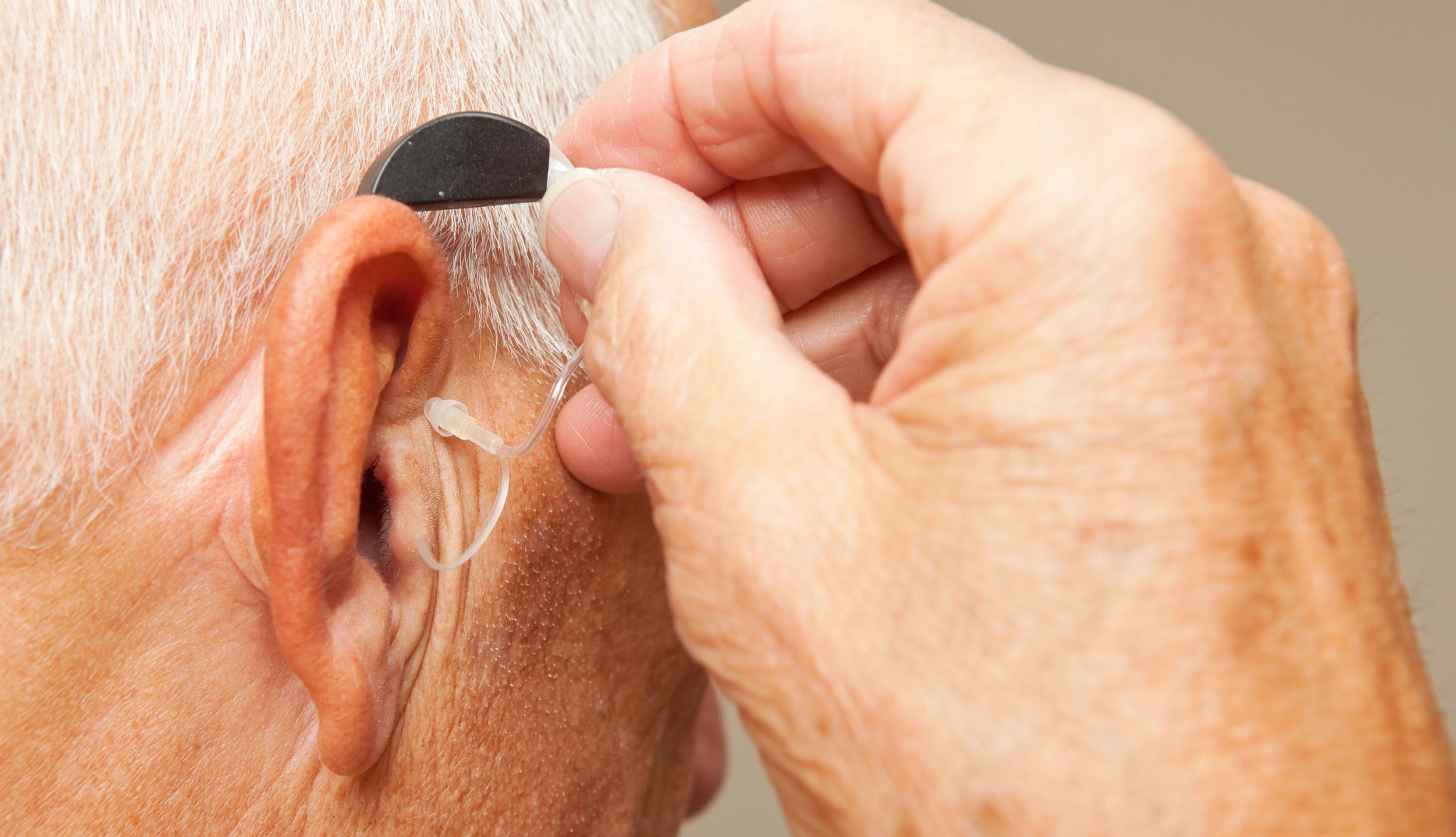
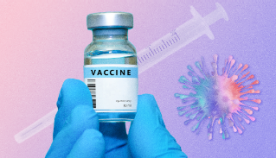


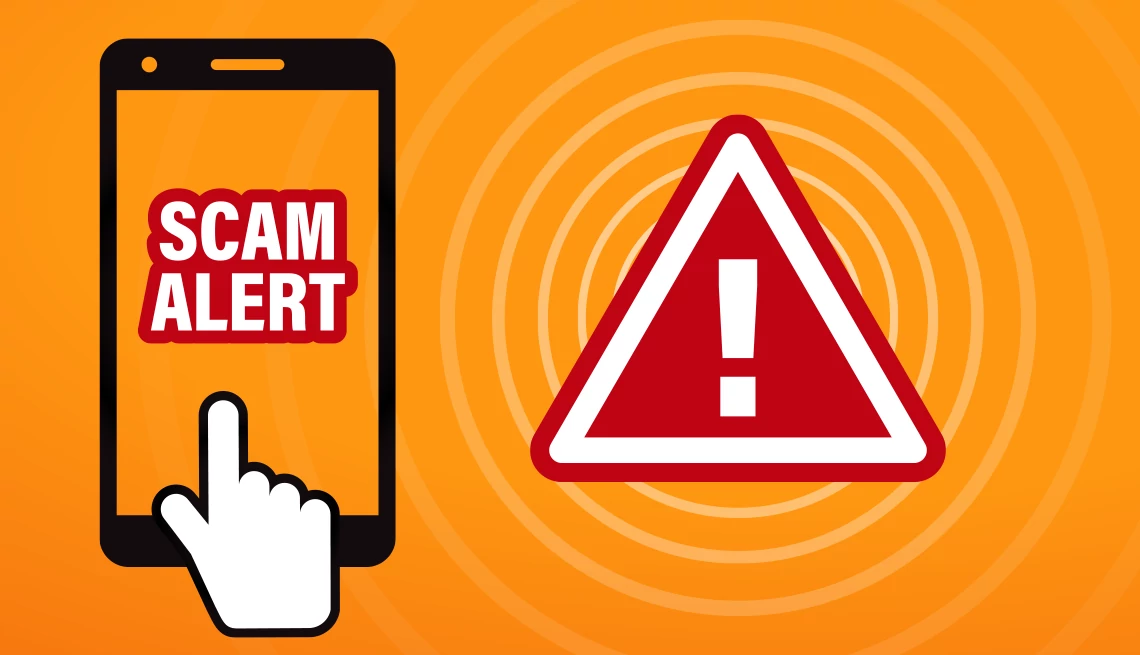
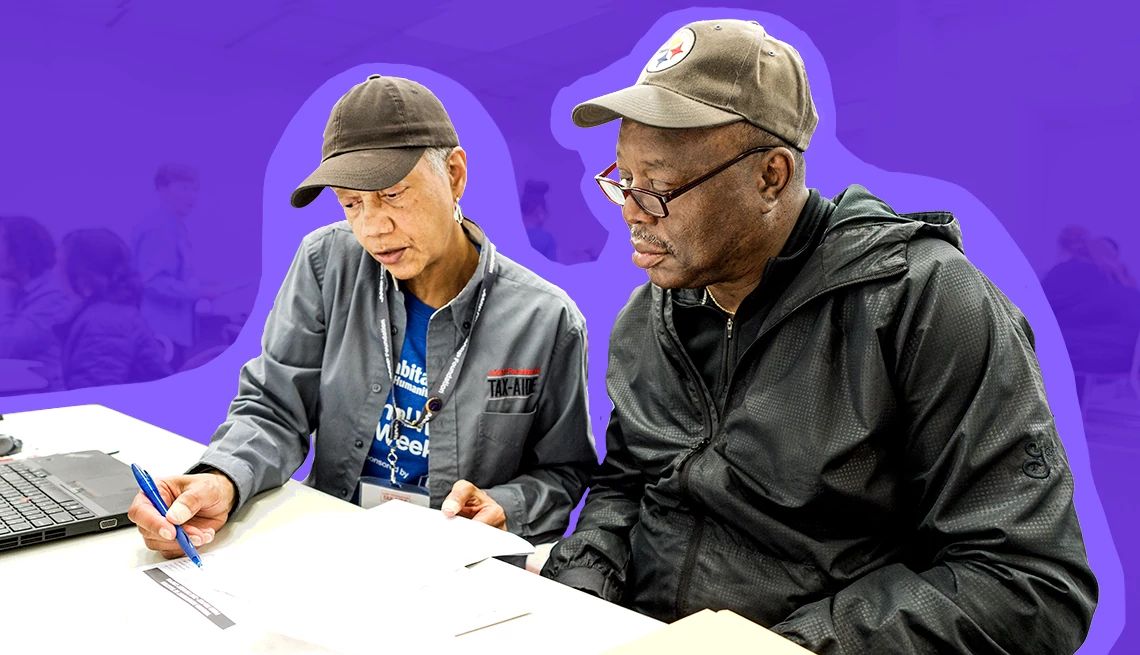










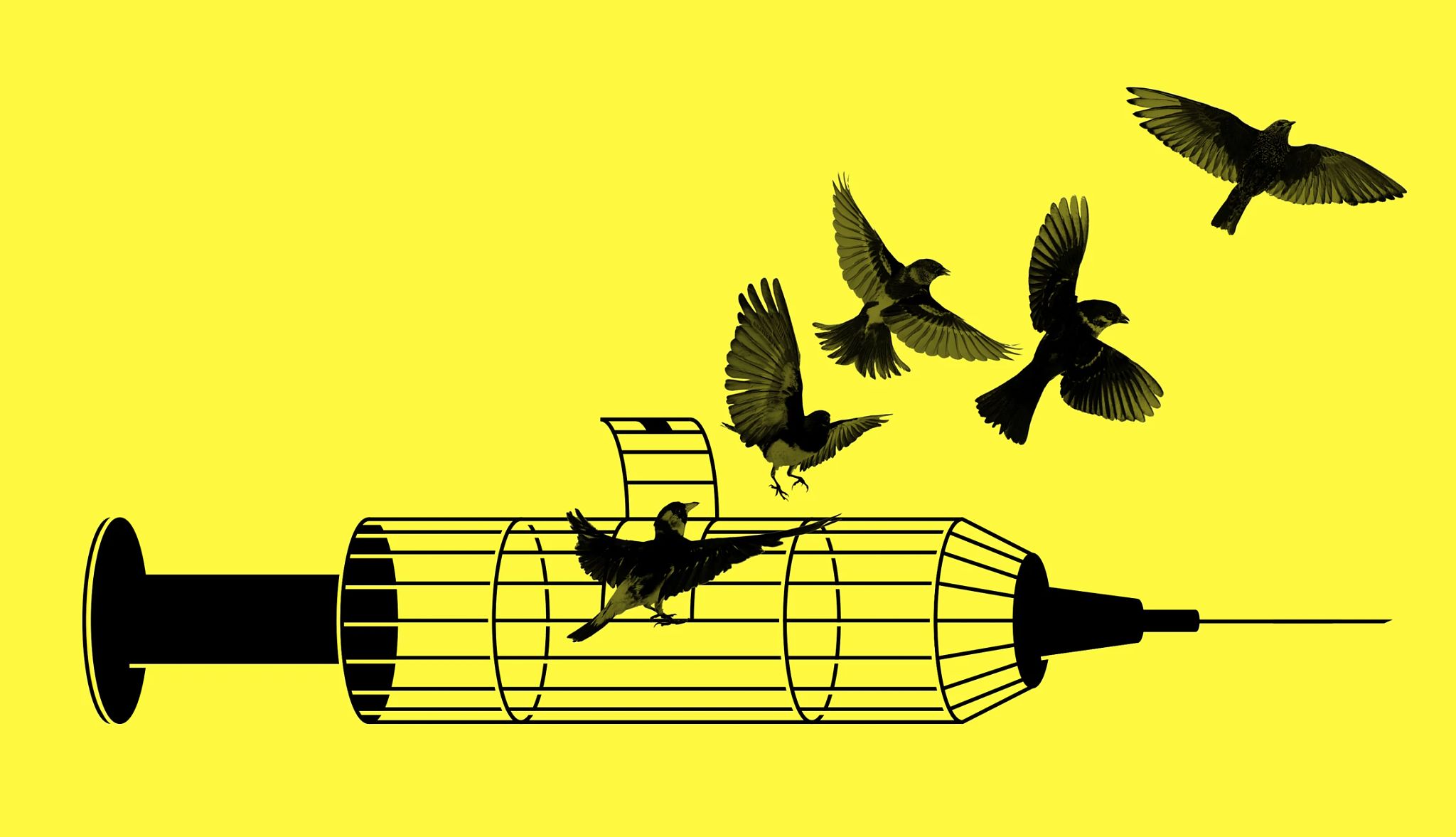




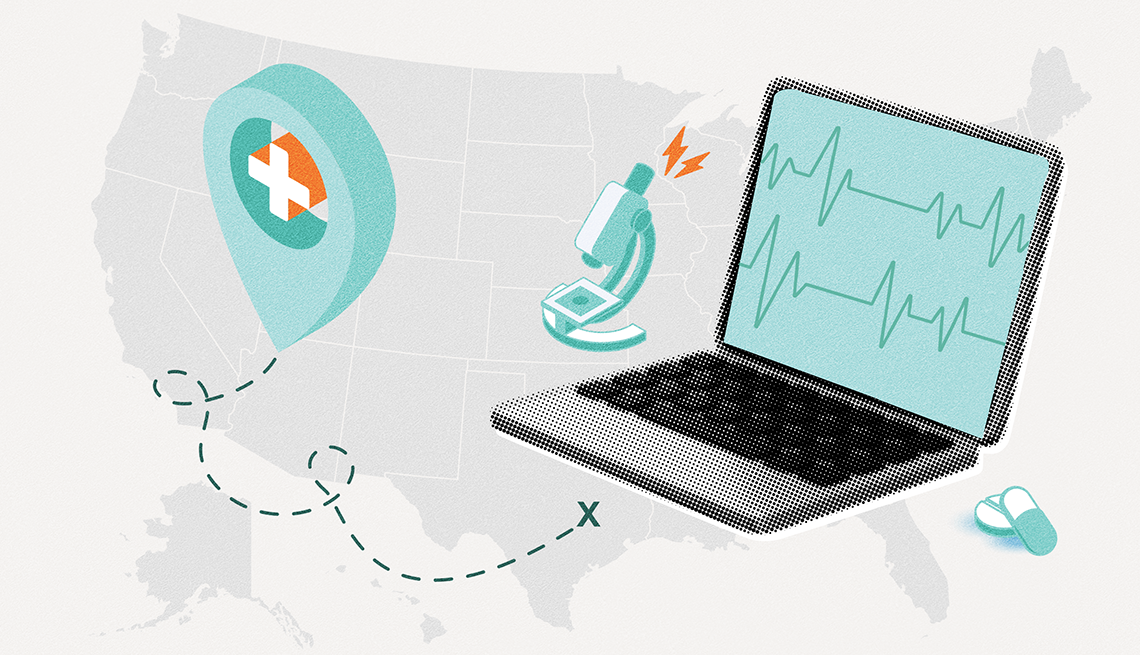














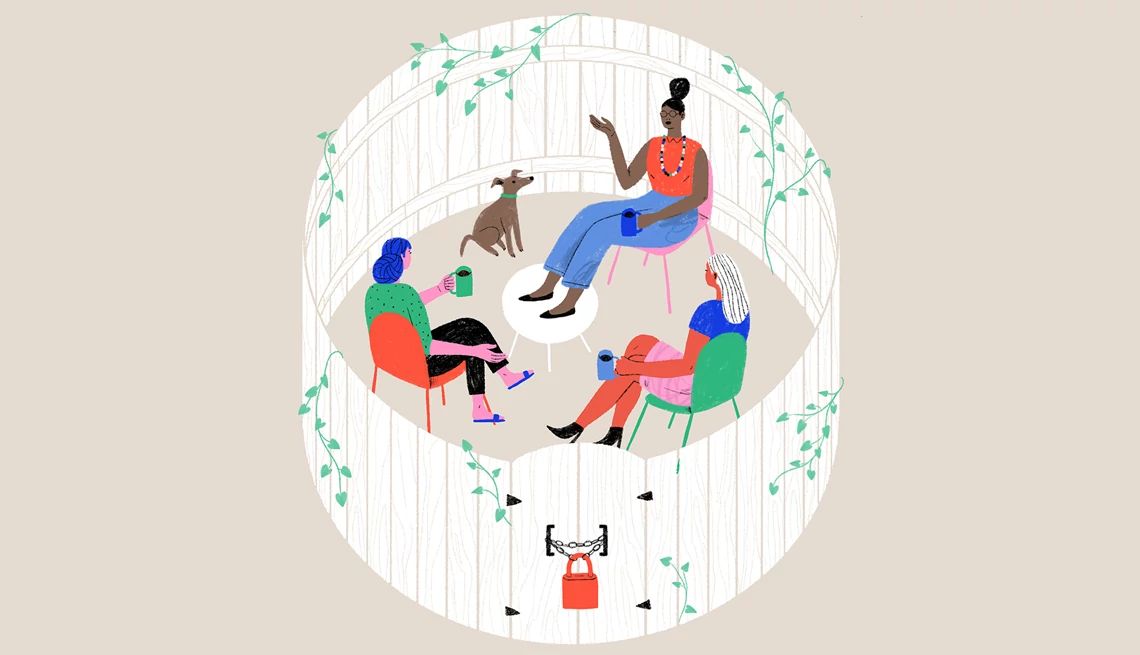



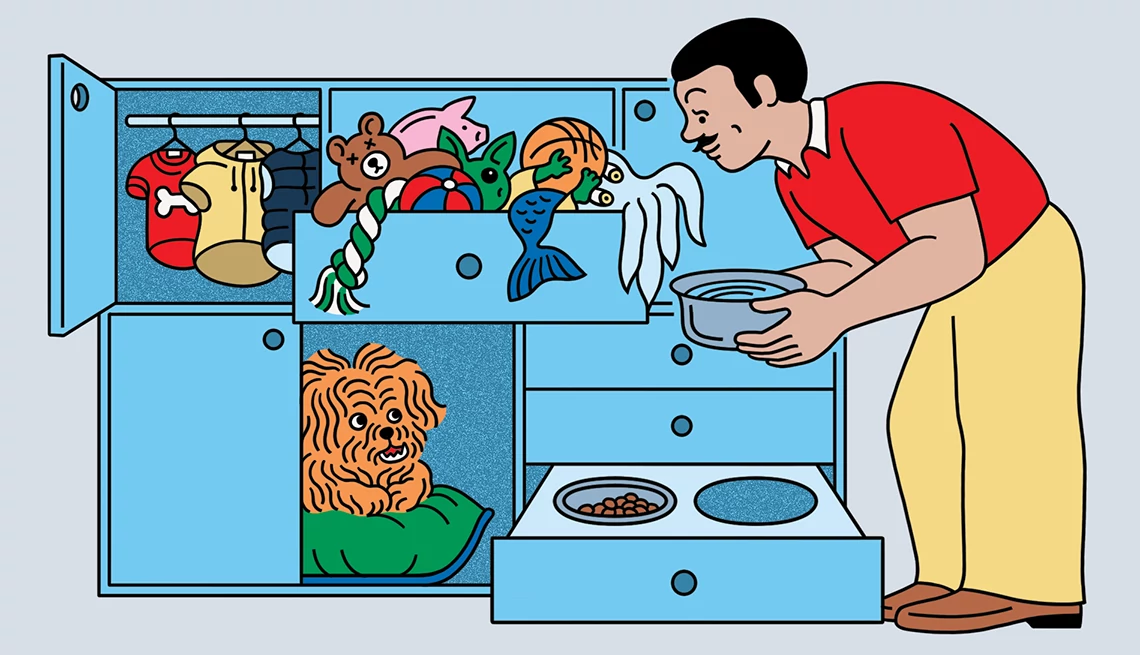


















More From AARP
Should You Work Out When You’re Sick?
Sometimes, staying in bed all day isn’t the best RxWhat to Know About the HV.1 Variant
The coronavirus strain is now dominant in the U.S.Are Vaccines Still Free?
Feds no longer paying the billRecommended for You